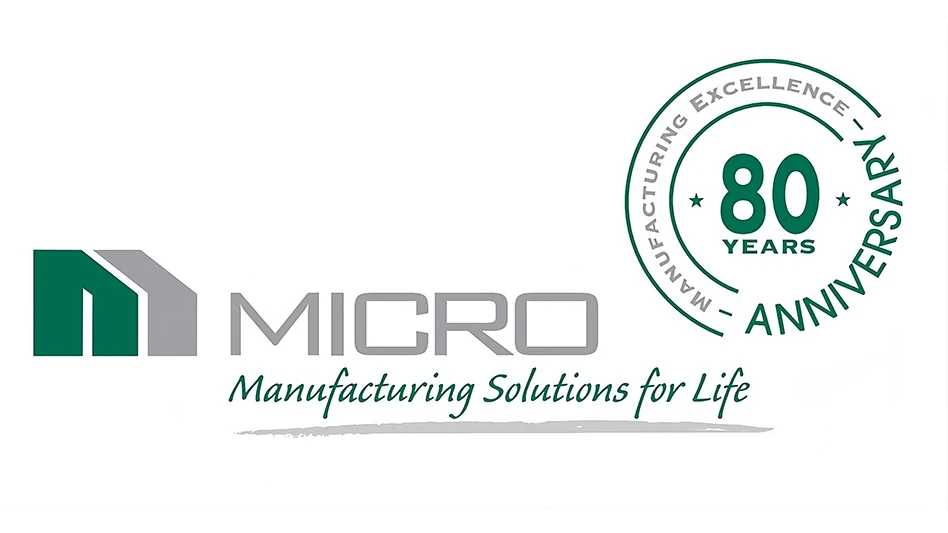
Today’s innovations for treating spinal deformities cater to issues including spinal stenosis and isthmic spondylolisthesis. In addition, with the introduction of minimal invasive surgery and advancements in spinal fusion, implants are boosting the global spinal device market. A report by Allied Market Research shows that the global spinal implants market was worth $9,941 million in 2015 and is set to grow to $13,384 million by 2022, registering a compound annual growth rate (CAGR) of 4.6% is from 2015 to 2022.
Reactiva8
UK sees ray of hope for chronic spinal spondylosis
Lower back pain is a common issue that may come as a creeping predator for people with an inactive regime. Keeping the muscles in the lower back stationary for a long time may spurt intolerable back aches. The weak muscles cannot support the spine any longer from underuse. However, lower back ache complaints in the U.K. plague nearly one in ten patients. There are certain new innovations that are on the rise to fix this issue.
Sharon Palmer, a middle-aged woman from Essex was writhing in agony when Magnetic resonance imaging (MRI) scans detected an issue of chronic spondylosis – spinal discs get brittle, bones rub together which then pinch the nerve, causing constant pain. She was administered physiotherapy and steroid injections but none offered a permanent solution. Barts Health NHS Trust in London came up with a device known as ReActiva8. This battery-powered pacemaker-type implant is known to send electrical impulses and exercise the muscles for 30 minutes twice a day. Placed in the center of the lower back along the spine and in the buttock below the bikini line, this device is an alternative to surgery that comes with a risk of nerve injury.
The doctors at the NHS have been taking part in the international ReActiva8 trials and have seen a considerable success rate. Doctors claimed that out of 46 patients, 63% had significant improvements in pain. Doctors are hoping to perform multiple experiments before rolling out their latest device in the market.
In situ graft delivery
A novel method to fill biological void left by traditional spinal implants
Pinnacle Spine Group LLC has come up with a technology known as the in situ graft delivery technology. Recently granted a U.S. patent, this approach involves delivering bone graft material in situ onto an implanted device that will fill the biological void – a technique designed to replace the traditional approach of interbody fusion system.
Initially, researchers noticed that there was a certain biological void between an implant and its adjacent vertebrae. Pinnacle Spine’s InFill Fusion Systems includes various interbody fusion devices engineered for simple insertion methods and reduced subsidence through maximum contact with the apophyseal ring. The method also includes a generous bone grafting area and is compatible with the InFill graft delivery system. The technology is based on controlled and astute in-situ placement of bone graft material directly into the implanted device to establish maximum contact with the adjacent vertebral endplates.
3D printed
Spinal implant could be one of its kind in the market
Medical device company K2M recently got clearance from the U.S Food and Drug Administration (FDA) for its 3D printed MOJAVE spinal implant. The 3D printed implant can be used to fix spinal defects; it will be placed in the posterior-lumbar area of the spine and can be expanded or retracted as necessary.
The cage has been created using K2M’s Lamellar 3D titanium technology, a powder-based laser melting approach to metal 3D printing. K2M introduced material features conducive to the bone growth using this technology.
Latest from Today's Medical Developments
- EMO: Made for game changers
- Thomson’s encoder options for stepper motor linear actuator online selection tool
- BD boosts US manufacturing of critical medical devices
- Aerotech’s HexGen HEX150-125HL miniature hexapod
- World-leading medical device supplier via a new merger
- Edge Technologies' FMB Turbo 3-38 RS bar feeder
- Mazak’s new Customer Solutions Center
- maxon's High Efficiency Joint (HEJ) Drive





